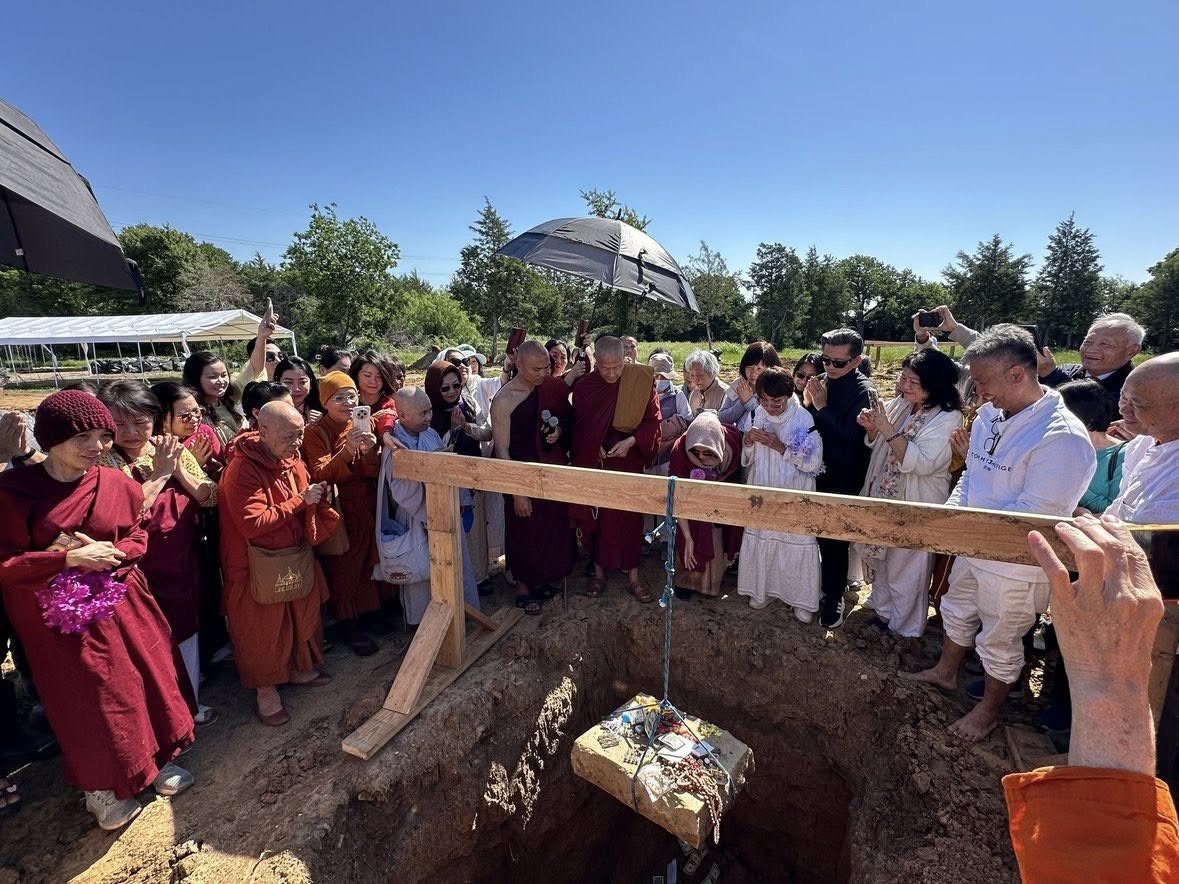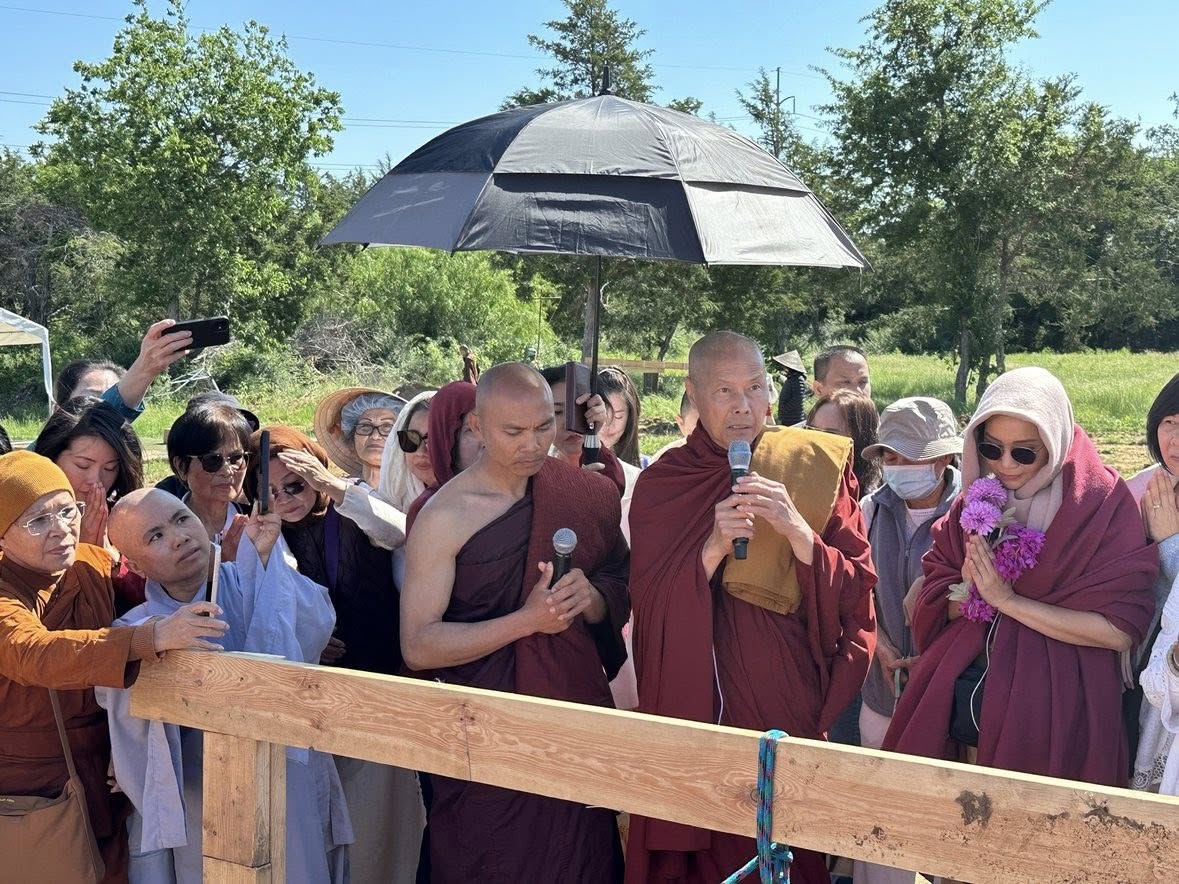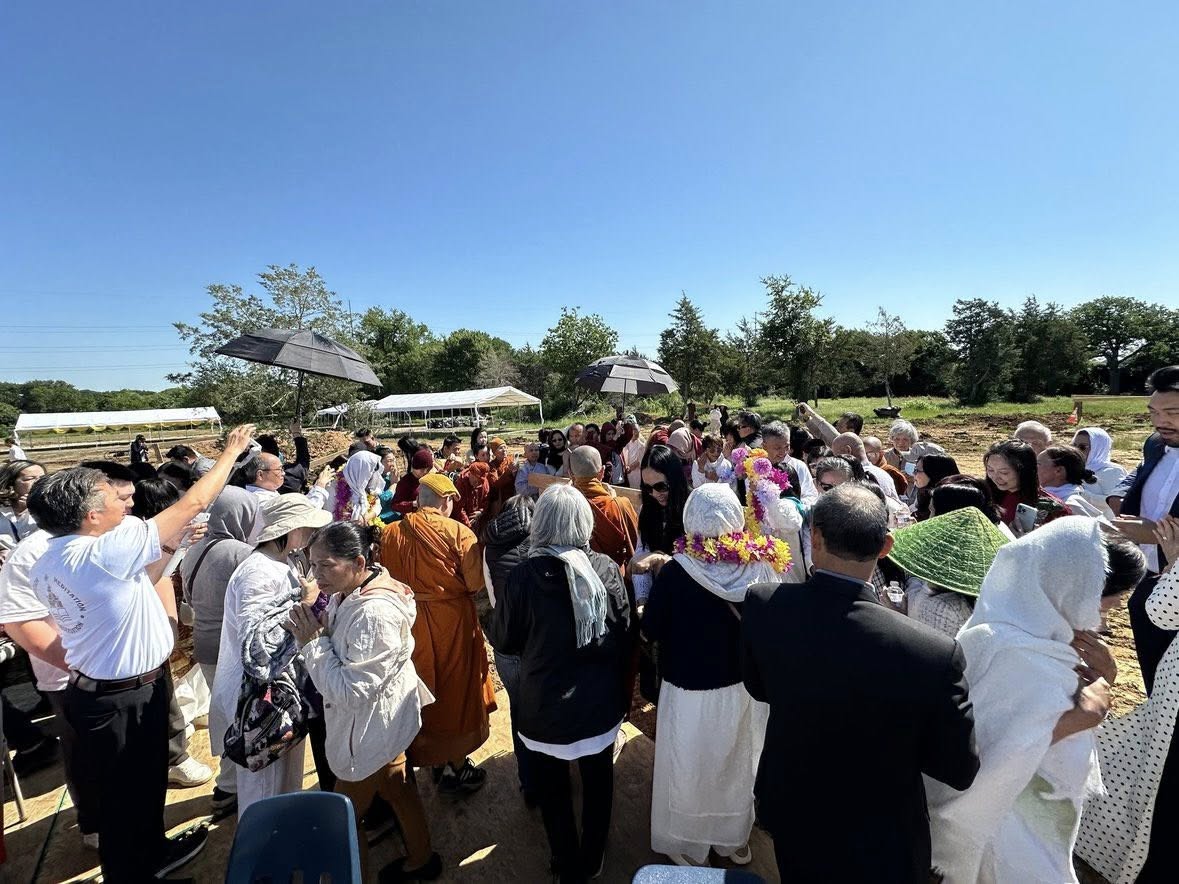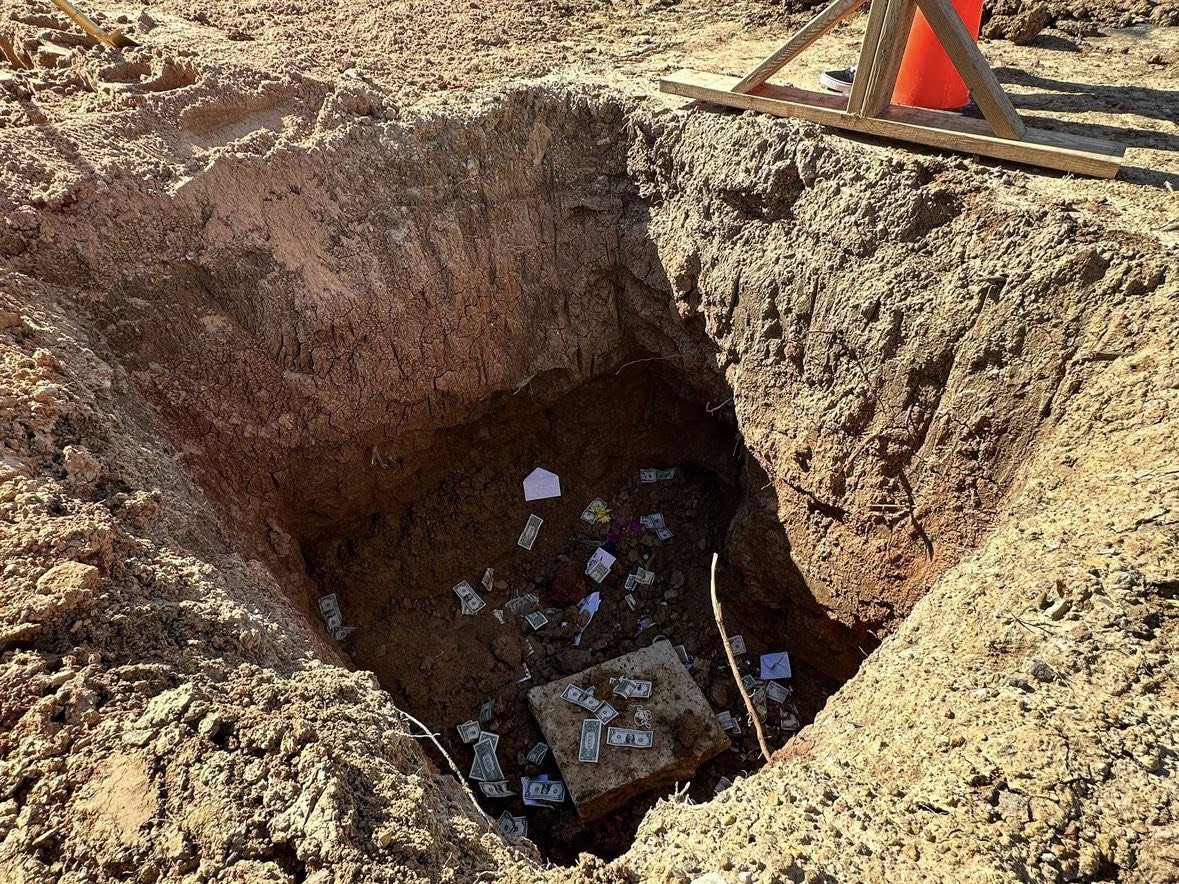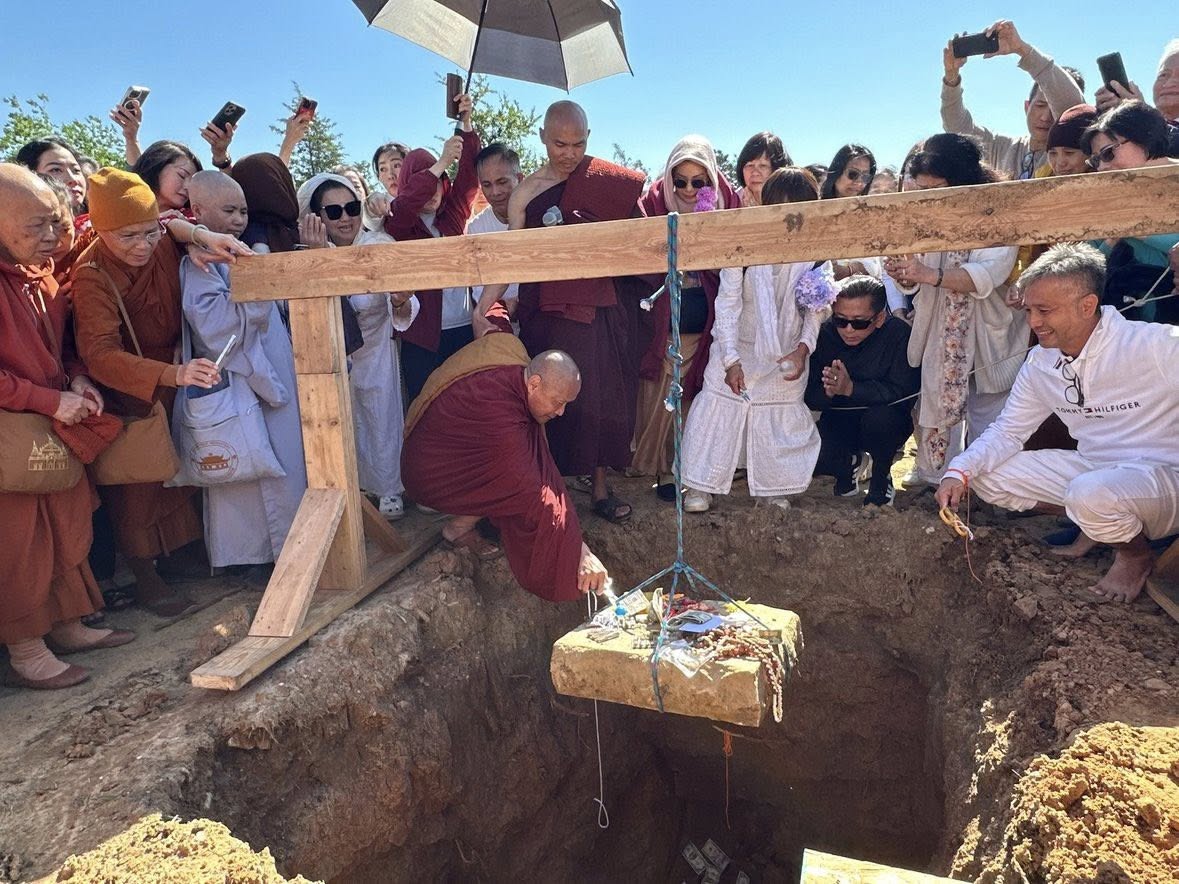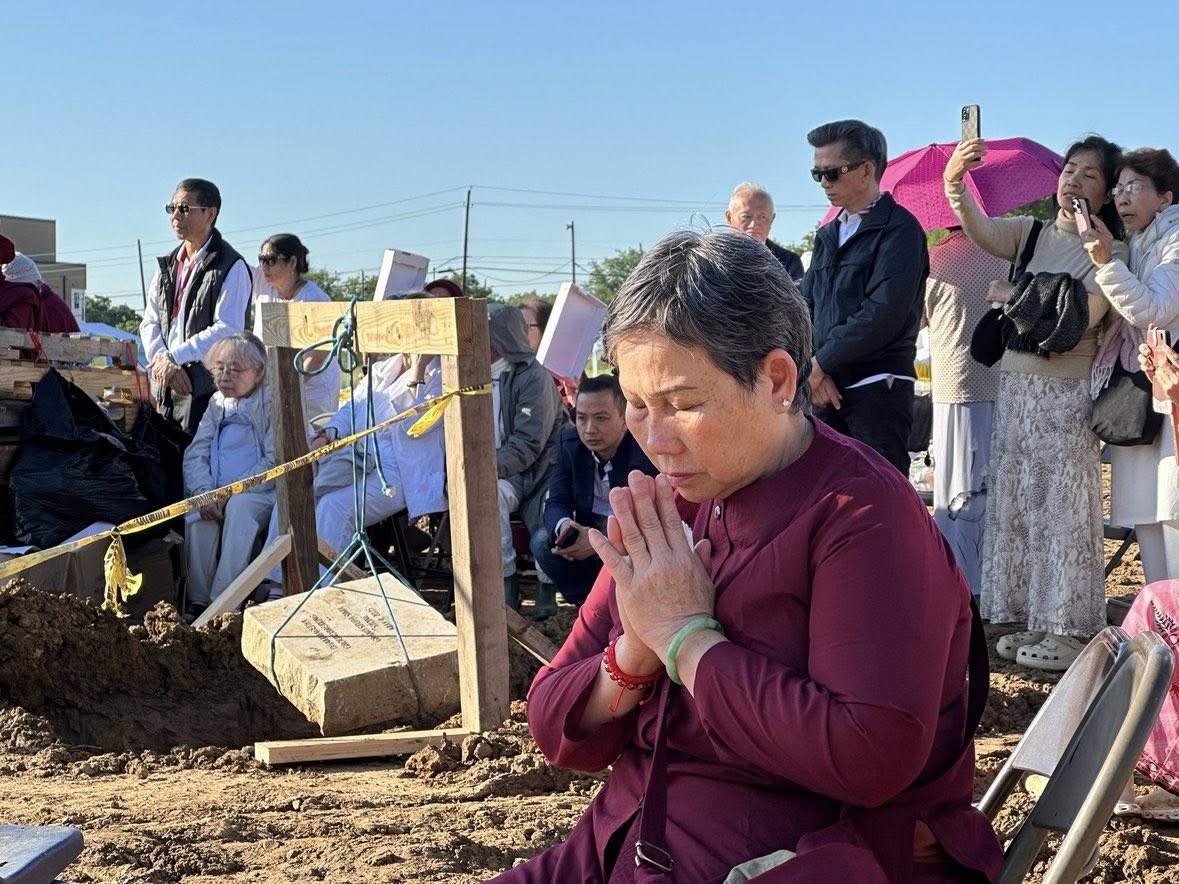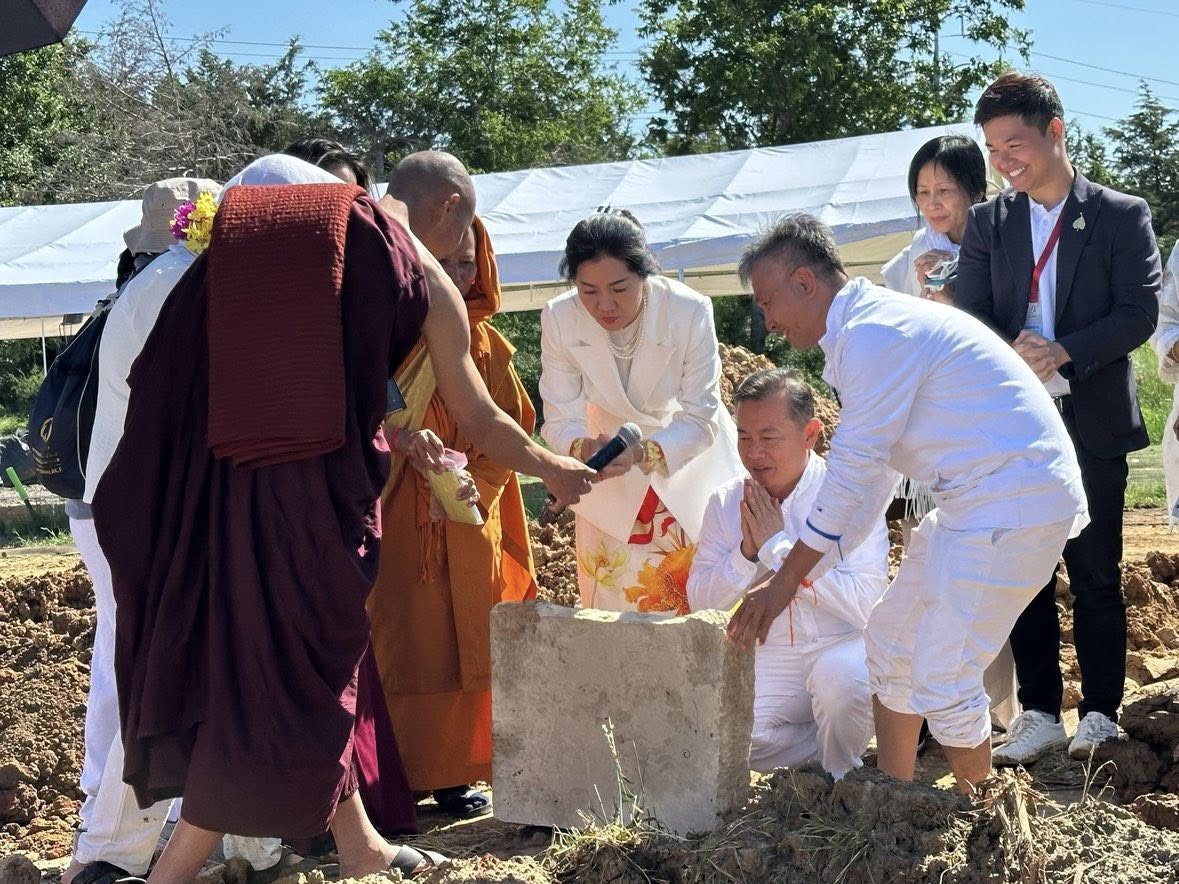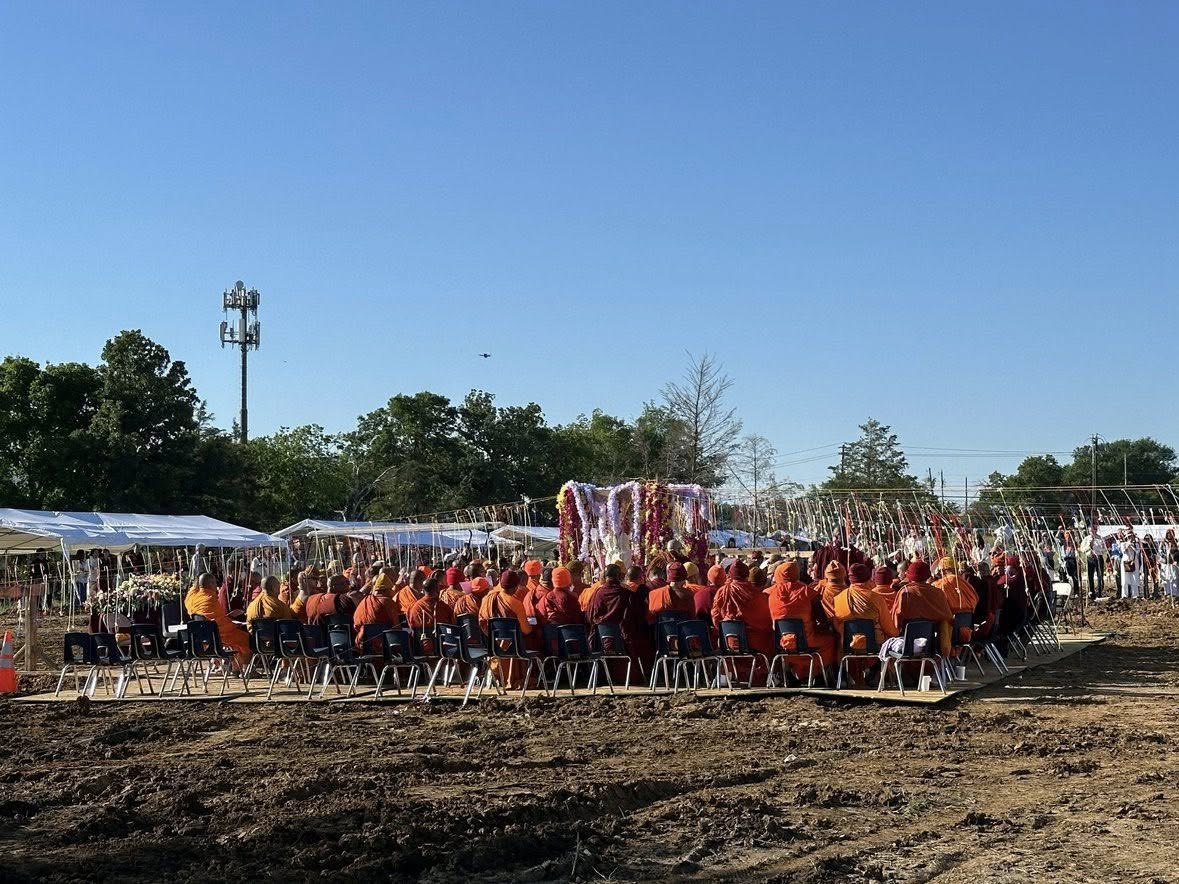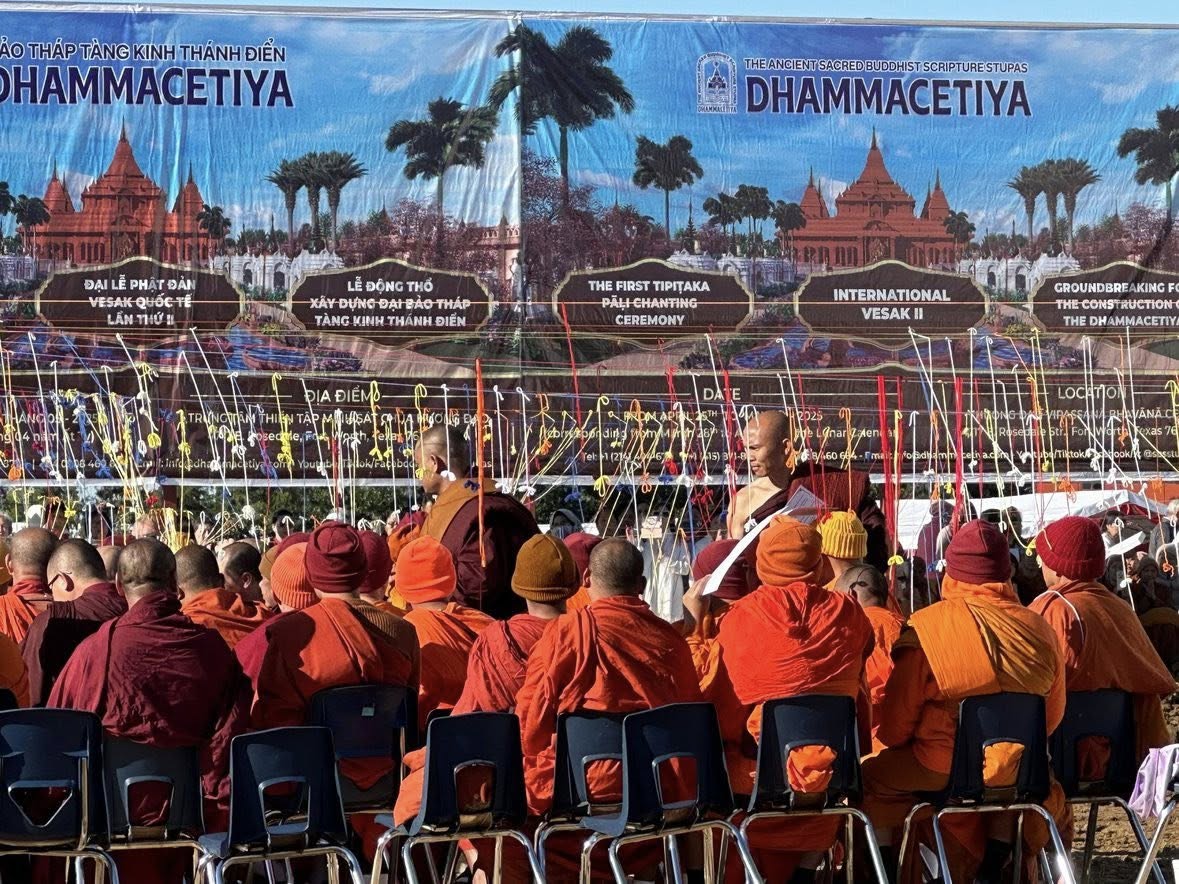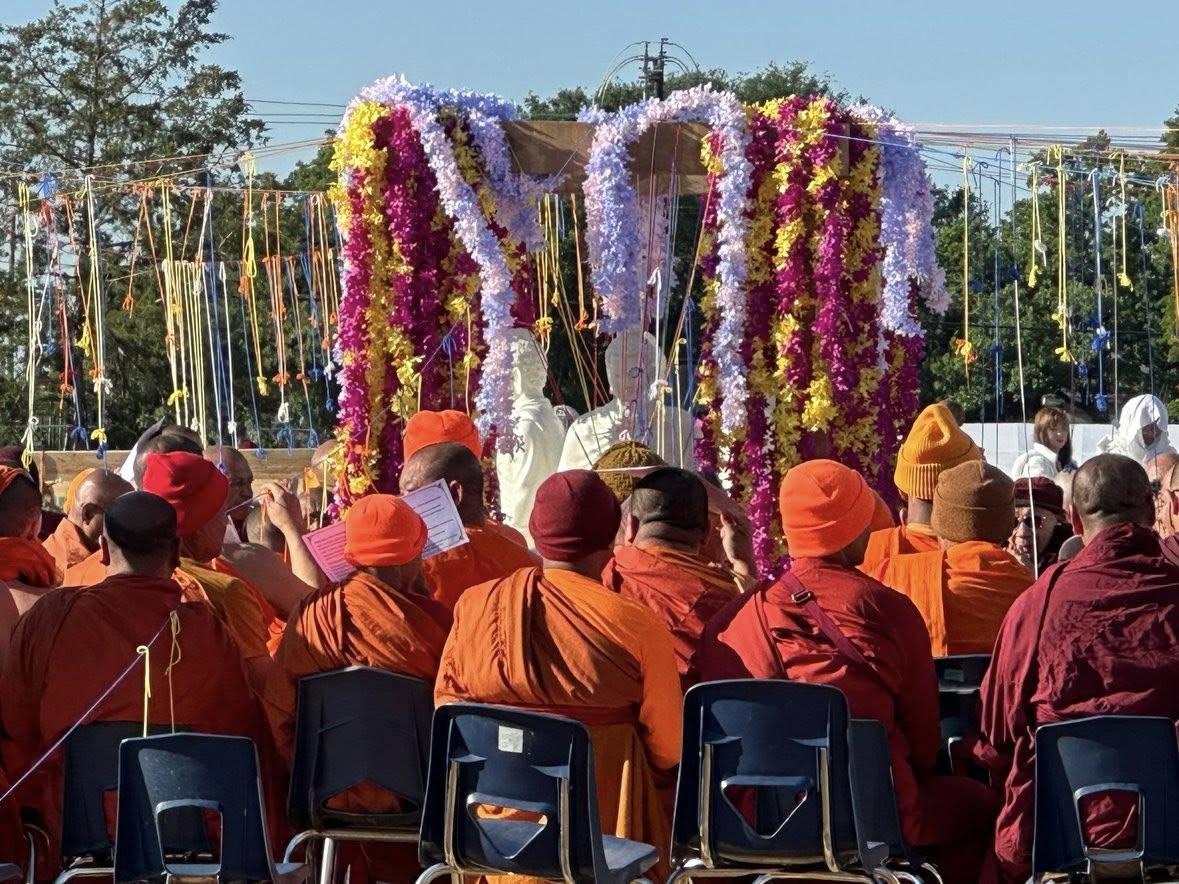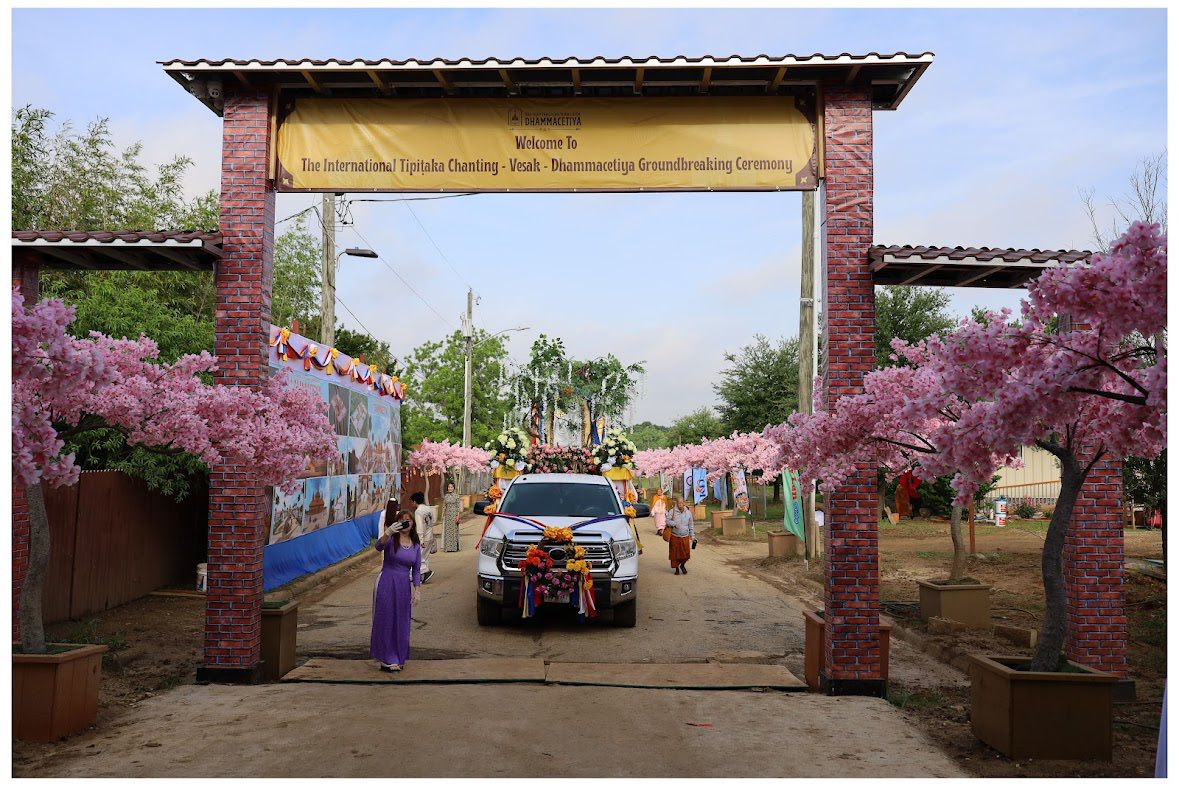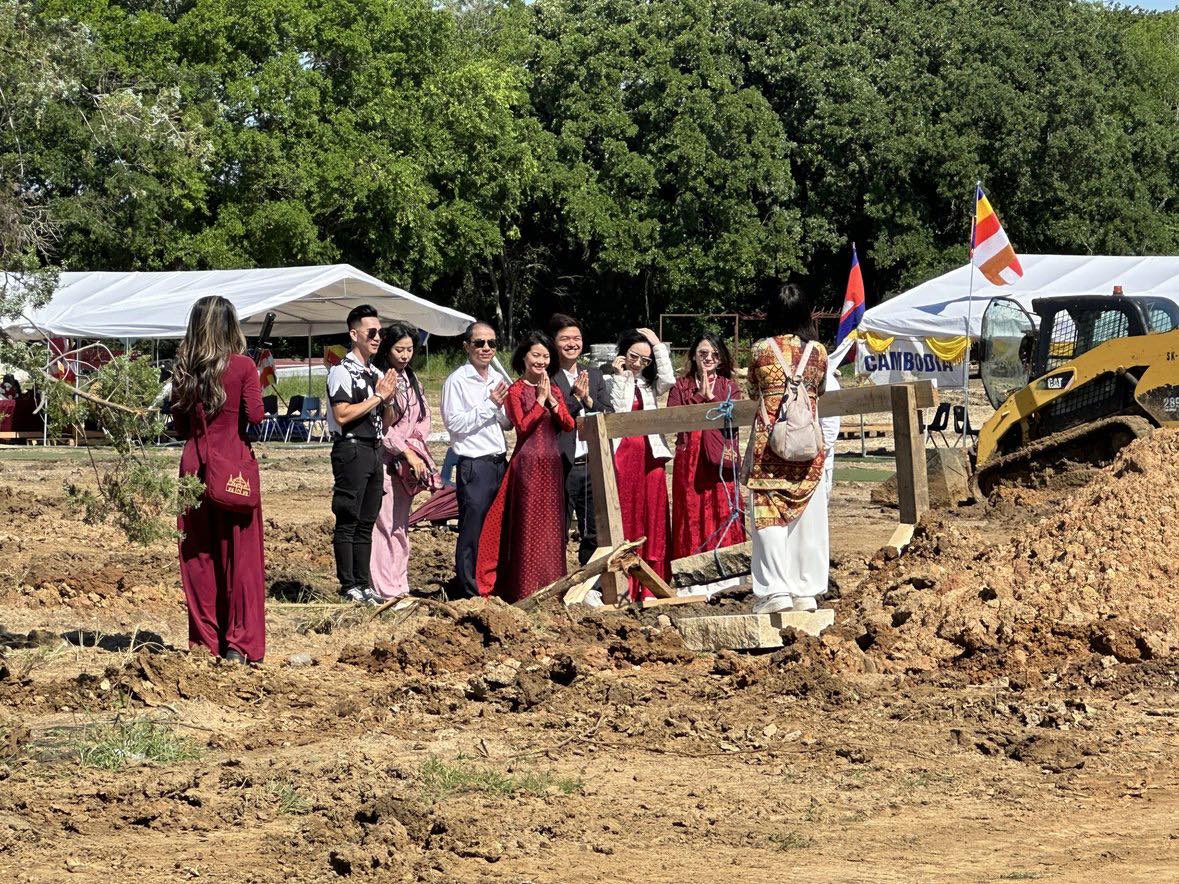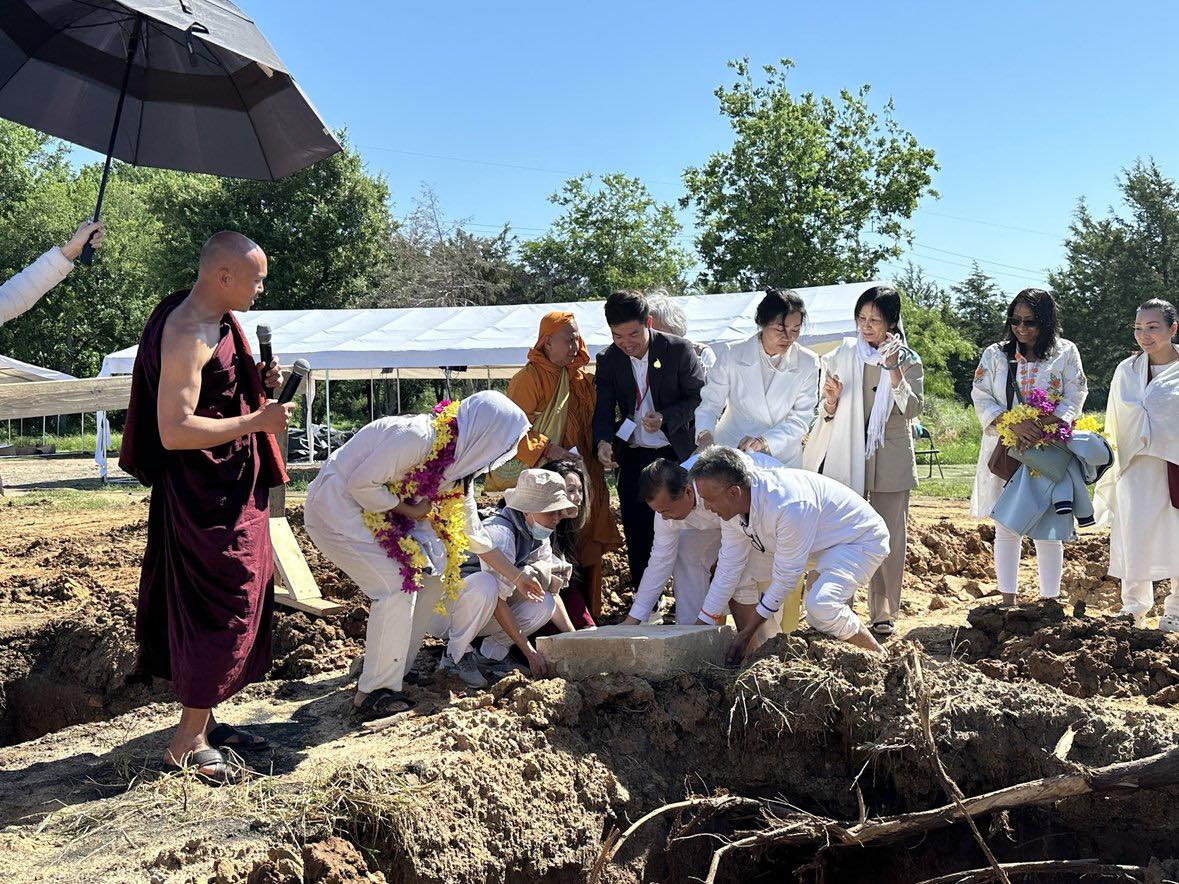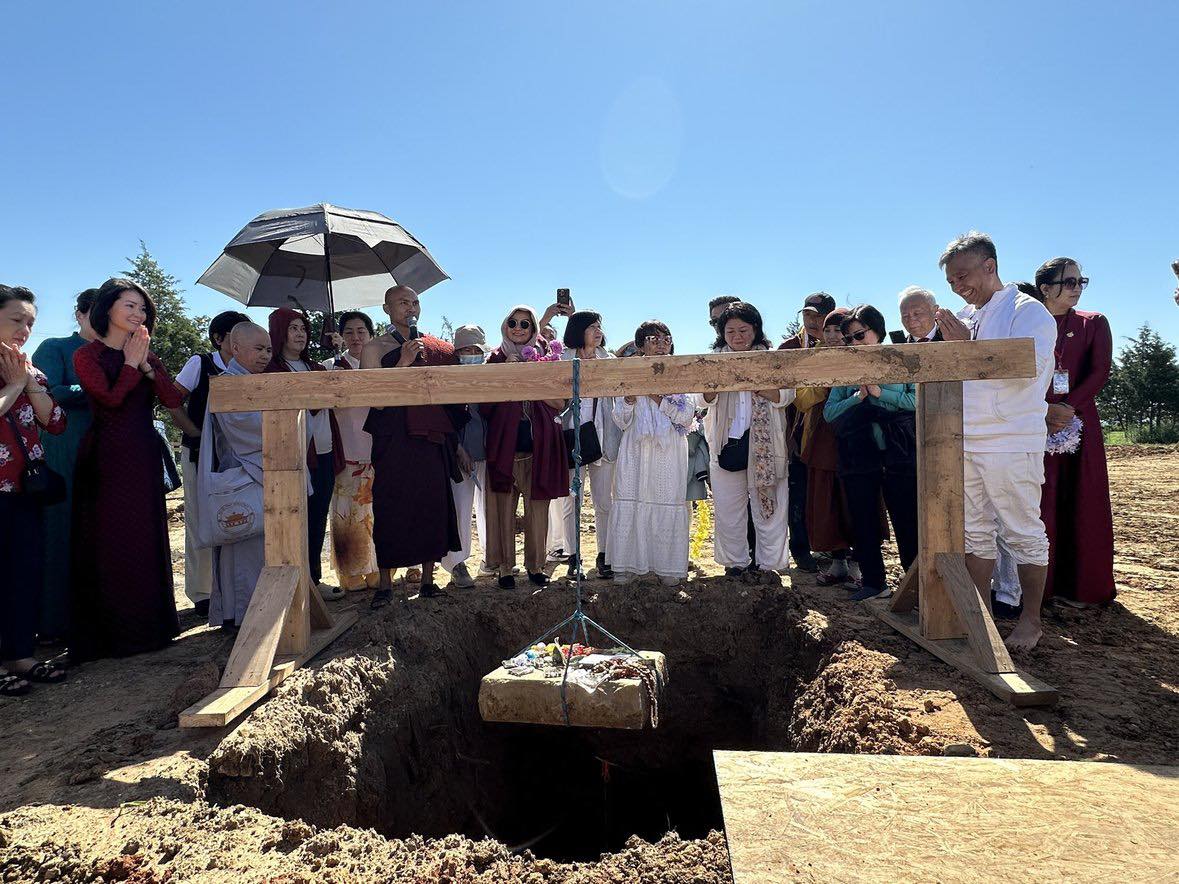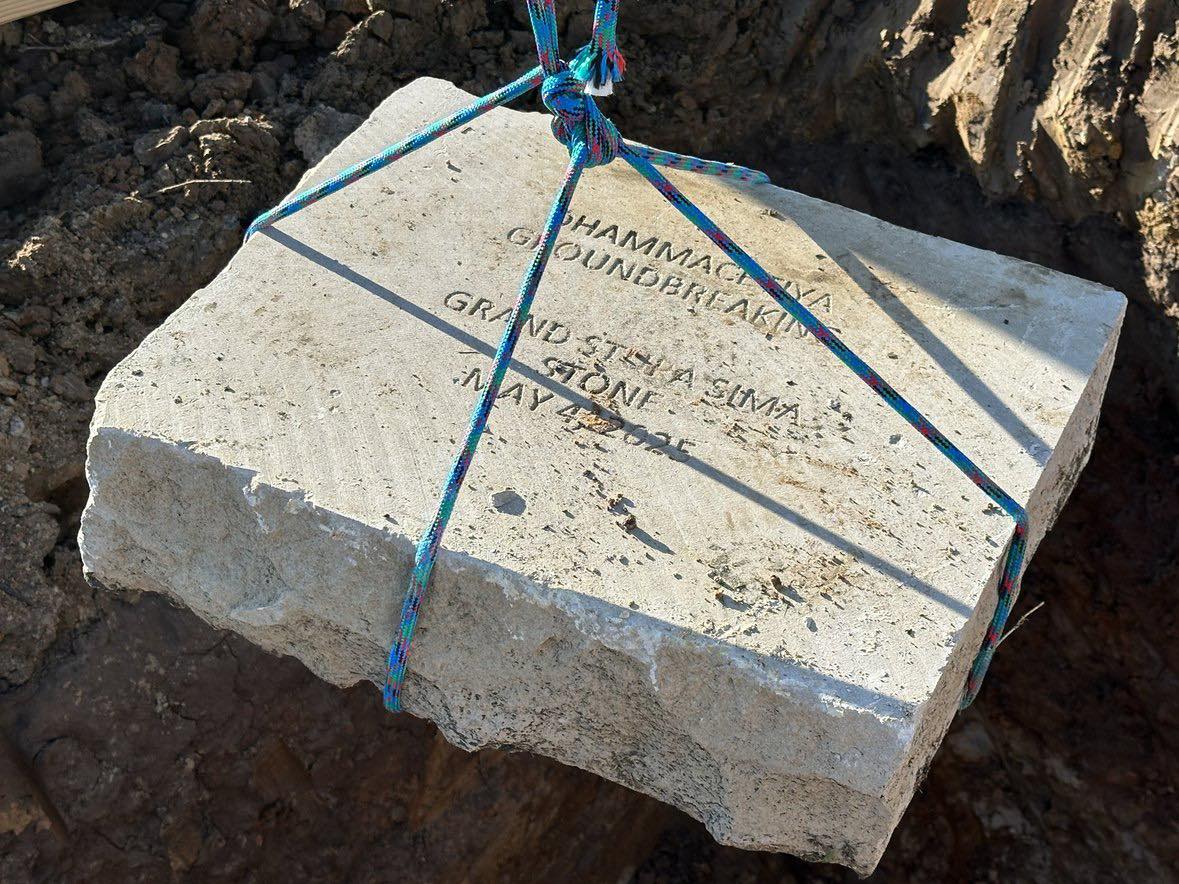CÚNG DƯỜNG XÂY DỰNG BẢO THÁP
Chúng ta thường nghe trong nhân gian nói rằng: “an cư lạc nghiệp”; muốn có được sự vẻ vang, cần phải có một trú xứ vững vàng. Đó là việc thế gian, còn trong tam bảo Phật pháp thì sao?
Ngày xưa, sau khi Đức Thế Tôn nhập Niết-bàn, chư Thánh đệ tử đã dựng tháp để tôn thờ xá-lợi của Ngài, như một cách gìn giữ và truyền trao hạt giống giác ngộ cho đời sau. Bảo tháp không chỉ là nơi nhắc nhở chúng ta về giáo pháp giải thoát, mà còn là nơi để Phật tử chiêm bái, hướng tâm thanh tịnh, phát khởi niềm tin và gieo duyên lành với Tam Bảo. Đồng thời, đây cũng là địa điểm linh thiêng giúp hàng xuất gia và tại gia cùng nhau tu học, hành trì chánh pháp.
Xây dựng bảo tháp là một biểu tượng thiêng liêng, thể hiện lòng tôn kính sâu sắc đối với Đức Phật, Pháp và Tăng. Vì thế mà phước báu của việc làm này là vô cùng to lớn.
Trong kinh Dānānisaṃsasutta (Aṅguttaranikāya, Pañcakanipāta) dạy:
Thí chủ làm phước thiện bố thí có được 5 quả báu kiếp hiện tại và kiếp vị lai như sau:
1- Thí chủ được nhiều người hài lòng kính mến.
2- Bậc Thiện trí thường gần gũi tế độ thí chủ.
3- Tiếng lành, tiếng tốt của thí chủ được lan truyền.
4- Thí chủ không sao nhãng việc hành pháp của người tại gia.
5- Thí chủ sau khi chết, do thiện nghiệp này cho quả được tái sanh nơi cõi trời dục giới, hưởng sự an lạc trong cõi trời.
Riêng làm phước bố thí xây cất cốc liêu, chùa, bảo tháp, chỗ ở dâng cúng đến chư Tỳ khưu Tăng từ bốn phương (Upassayadāna): là một loại Trường Cửu Thí.
Trường Cửu Thí: là bố thí những vật có tính chất bền vững lâu dài theo thời gian và không gian, thì phước thiện bố thí cũng tăng trưởng theo thời gian và không gian ấy. Nghĩa là, vật thí còn tồn tại chừng nào, thì phước thiện ngày đêm cũng tăng trưởng không ngừng nghỉ, đem lại sự lợi ích, an lạc vững bền, dài lâu.
***
OFFERING FOR THE CONSTRUCTION OF A STUPA
In worldly matters, people often say: “An cư lạc nghiệp”—“To settle peacefully is the foundation of success.” A stable and supportive place is essential for any lasting endeavor. But what about in the realm of the Triple Gem—the Buddha, the Dhamma, and the Saṅgha?
After the Blessed One entered Parinibbāna, the noble disciples erected stupas to enshrine his relics—both to preserve his legacy and to sow the seed of awakening for future generations. A stupa is not only a symbol of the path to liberation, but also a sacred site where Buddhists come to pay homage, purify the mind, strengthen their faith, and form wholesome connections with the Triple Gem. Moreover, it serves as a spiritual sanctuary where monastics and laypeople alike can gather to study, practice, and uphold the Dhamma.
To build a stupa is a profoundly sacred deed—an expression of deep reverence for the Buddha, the Dhamma, and the Saṅgha. Accordingly, the merit accrued from such an offering is vast and enduring.
In the Dānānisaṁsa Sutta (Aṅguttara Nikāya, Pañcaka Nipāta), the Buddha taught that a generous giver receives five benefits, both in this life and beyond:
1. They become beloved and respected by many.
2. The wise and virtuous draw near and offer guidance.
3. Their good reputation spreads far and wide.
4. They remain committed to the layperson’s spiritual path.
5. Upon passing, they are reborn in the heavenly realms due to their wholesome deeds.
Especially meritorious is the act of offering Upassaya Dāna—constructing and dedicating monastic dwellings, temples, or stupas to support the community of monks from the four directions. This is known as a Long-lasting Offering (Pāli: Dighadhamma Dāna).
A Long-lasting Offering is one that endures across time and space. As long as the offering remains, so too does its merit—growing day and night, bringing continuous benefit, joy, and peace to both giver and countless beings.




